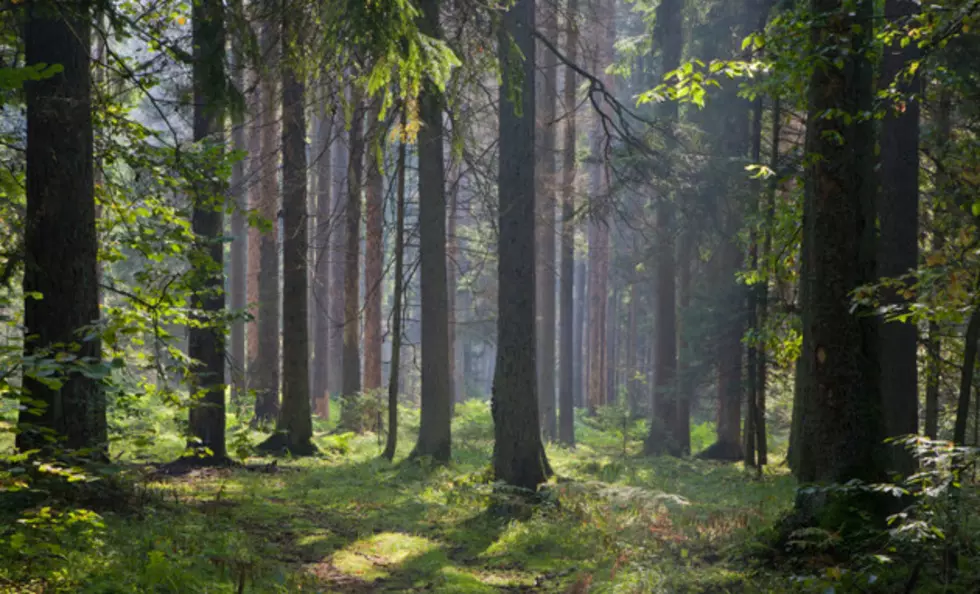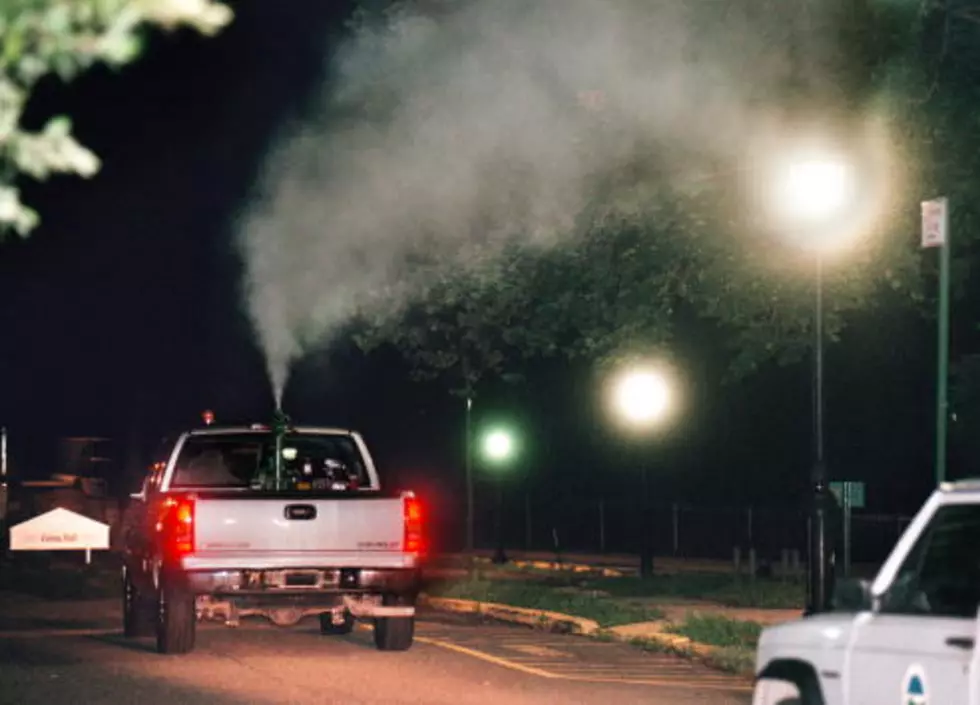
Gypsy Moth Spraying Resumes For The Summer In Wisconsin’ Get Details On The Latest From The Wisconsin Department Of Agriculture
Just like last year, officials with the Wisconsin Department of Agriculture have set up a spraying program to control the Gypsy Moth problem in the state. Over the summer months, 60 sites in 18 different counties will be treated with aerial spraying.
Here are some general informational details about the spraying:
Three different treatments will be done in select areas: two utilizing the biological insecticides Btk and Gypchek; as well as a synthetic female moth pheromone which serves as a mating disruptor.
Planes will apply one of two biological insecticides, depending on the site:
- Foray 48B is approved for use in certified organic production or food processing by the Organic Materials Review Institute. The insecticide contains Bacillus thuringiensis var. kurstaki or Btk. Btk is a naturally occurring soil bacterium that is poisonous to gypsy moth caterpillars when consumed. Btk breaks down in sunlight within a few days.
- Gypchek consists of dead, crushed-up gypsy moth caterpillars infected with the nucleopolyhedrosis virus. The virus is specific to gypsy moth caterpillars only.
- Planes will apply the pheromone flakes, depending on the site:
- Pheromone flakes are a mating disruption product. The flakes are tiny – about the size of a grain of rice. They are flat and green. The sticky flakes are applied at a rate of one to two flakes per square foot of tree canopy.
- The pheromone flakes do not kill or harm any gypsy moths. They are applied to trick adult male moths from finding females to prevent reproduction. In nature, male gypsy moths fly, while female moths cannot. In order to find each other and reproduce, females release a pheromone for the males to track and follow.
- Similarly, the flakes also release this pheromone. The male moths then track and follow a false trail and, finding no female, no reproduction occurs. The same pheromone also is used as a lure to catch male gypsy moths in traps. The pheromone is undetectable to other insects.
OTHER DETAILS:
Spraying can start as early as sunrise and will continue until the day’s spray plan is complete and as weather conditions allow. Spraying requires calm winds, high humidity and no precipitation.
The planes will fly low, just above the tree tops. They will be loud.
As of May 23, the Wisconsin Department of Agriculture planned on treating areas in Lafayette and La Crosse Counties.
More From KOOL 101.7





![When Are They Spraying For The Gypsy Moth In Superior And Douglas County? Final Application Happens July 23 And July 24 [Updated]](http://townsquare.media/site/163/files/2013/06/FollowTheseInstructioons.jpg?w=980&q=75)



